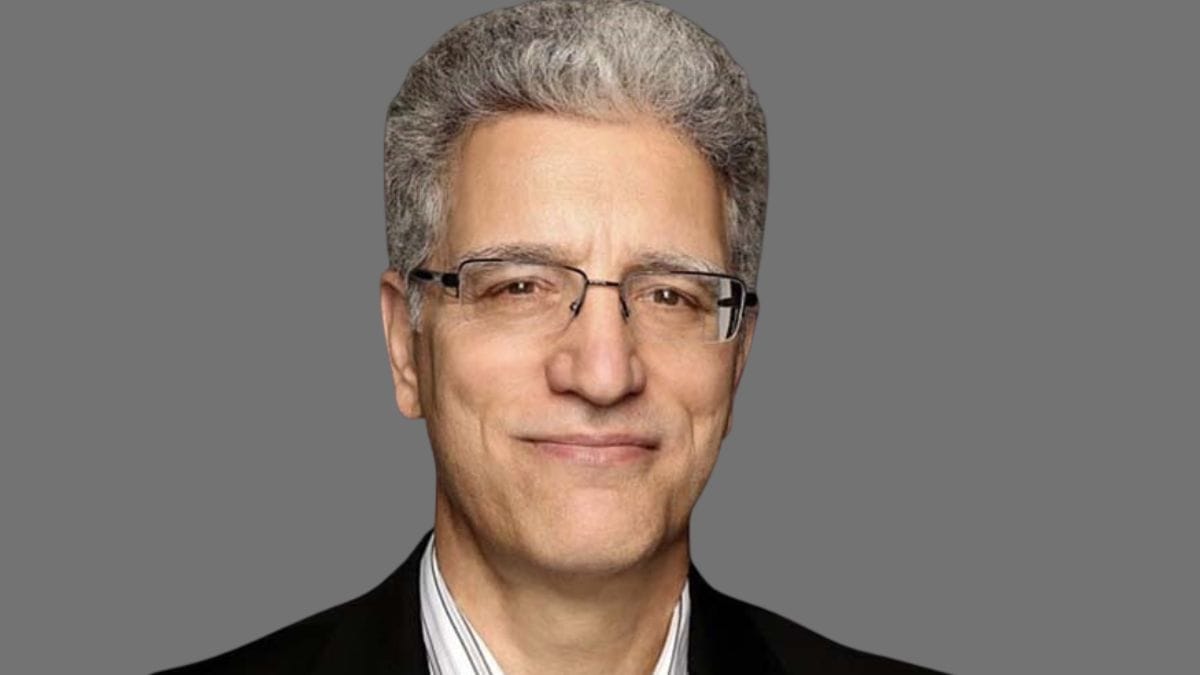How Data-Driven Linear Can Help Preserve Linear TV
‘Data-driven linear is really good for everything in TV that’s not sports,’ says Howard Shimmel

The loss of viewers by linear TV to streaming is a well-documented trend. And as advertisers have come to count on the promises from digital media that advertising can be more targeted, effective and accountable, ad dollars for everything but sports have been melting away for traditional broadcast and cable networks.
At a time when data powers smart marketing, data-driven linear (DDL) campaigns can help broadcast and cable networks retain ad revenue, get a better yield for their inventory and give marketers improved returns on advertising investment, Howard Shimmel, head of strategy at datafuelX, tells The Measure.
At a time when linear ad revenues are declining, DDL’s share is increasing because it makes linear inventory more appealing and boosts return on investment, Shimmel says.
datafuelX recently conducted a study based on 200 campaigns it optimized and found that DDL increased the number of impressions in the advanced target audience by 5-10% for companies with fewer networks and about 30% for companies with a substantial number of networks.
These increased impressions translate into increases in metrics like website visits and ultimately sales.
Looking at seven advertiser categories – pharmaceuticals, quick-service restaurants, technology & telecom, retail/apparel, consumer packaged goods, automotive and financial services — the datafuelX study found that if those marketers doubled the share of their budgets devoted to DDL they could generate an additional $31 million a year. They could generate an additional $62 million a year by tripling DDL’s share and if they converted all of their linear spend from age/sex to DDL, they would see a sales lift of $200 million.
DDL campaigns work because it reaches more of the target audience more efficiently, which usually means cheaper in ad-speak. “Our optimizer is going to be able to find inventory that is underpriced on demo that does well on the advanced audience,” Shimmel says.
He adds that the datafuelX optimizer could be set to optimize against target reach, which would avoid buying a boatload of inventory that is cheap because it runs between midnight and 6 a.m.
It’s enough to make you wonder why networks still sell campaigns based on basic age and sex demographics, and why advertisers continue to buy linear TV that way.
The study notes that 75% of linear networks are already enabled for DDL. The remaining 25% is mostly from smaller, long-tail networks.
But while DDL is growing at between 20% and 40% a year, it still represents just 4% of national TV ad spend, while 96% is based on an age/sex target.
“Data-driven linear is really good for everything in TV that’s not sports,” Shimmel says.
Shimmel concedes that there is some additional investment required to be enabled to sell DDL. “Success requires having a really enabled sales force,” he says.
But it's worth it to networks. Shimmel says in addition to being more effective for the advertiser, for the network it can increase the revenue yield on inventory by 20%.
How does DDL stack up to actual addressable ad campaigns, assuming addressable connected TV platforms could reach a similar number of viewers as linear TV?
With addressable, about 90% of impressions would be within the target, compared to about 40% to 50% with DDL. And if you index the results generated by a linear campaign based on age/sex demographics at 100, the data-driven linear index is about 150 while addressable indexes at about 200.
The downside with CTV and addressable is it’s more expensive and there are concerns about content that isn’t brand safe that you don’t have buying linear.
Shimmel notes that datafuelX has a parochial desire to drive more interest in DDL, but note that if you’re buying linear, it just makes sense. “You can reach more of the people you care about and still use national TV for all of its value,” he says. “Why wouldn’t you do that? I think that’s the question for the industry.”
# # #
NBCUniversal announced that it has 19 brand sponsors for BravoCon in Las Vegas, which will run from Nov. 14 through 16.
There will also be more than 50 brands available on-site or online via what the company is calling “The Ultimate Bravo Shopping Experience.”
In addition to the previously announced presenting sponsors, State Farm and T-Mobile, Carnival Cruise Line, Hilton, Lexus, Nexxus, TRESemmé, Vaseline, Wayfair, Wendy’s have signed up as premier partners.
Clorox and TJ Maxx will be supporting partners.
At this year’s BravoCon, nearly every partner will have a commerce enabled experience
NBCU says that at the last BravoCon in 2023, participating brands saw double-digit lifts in brand recall, purchase intent and emotional engagement.
“Bravo remains at the heart of today’s cultural conversation. Our fans are fiercely loyal, deeply passionate, and truly connected to both the content and the talent they love,” said Karen Kovacs, president of advertising and partnerships at NBCU. “Their devotion offers brands a unique opportunity to move beyond engagement and become part of the community itself. Every aspect of this weekend has been crafted with the fans at its core.”

